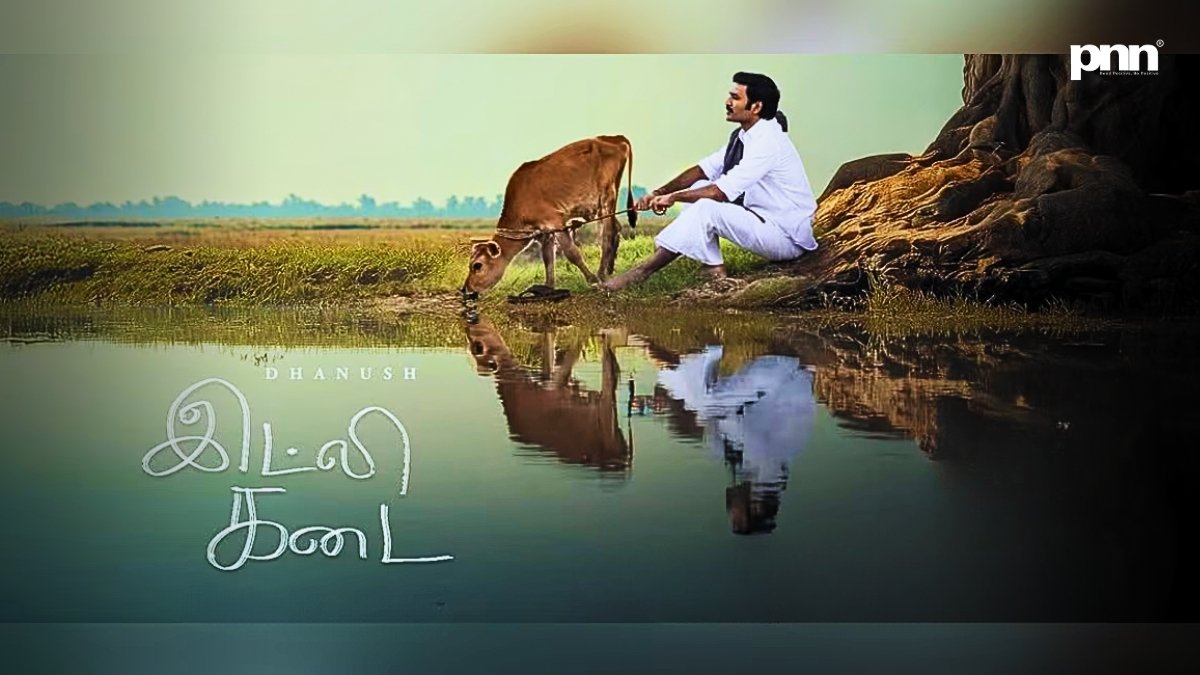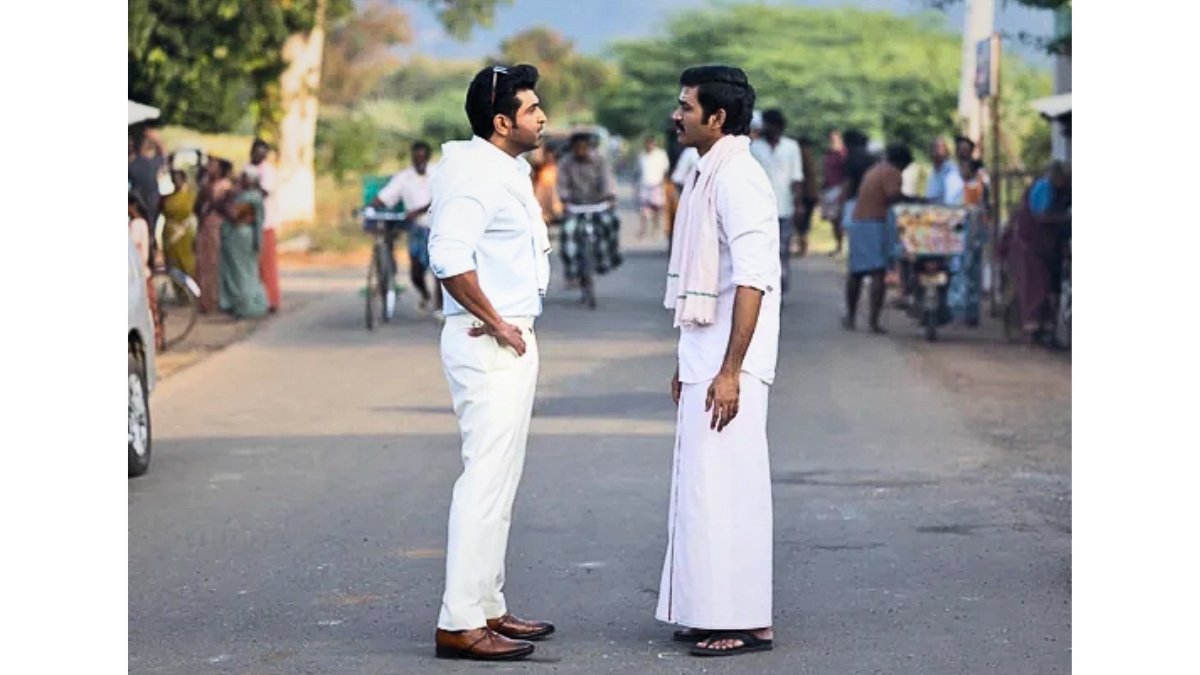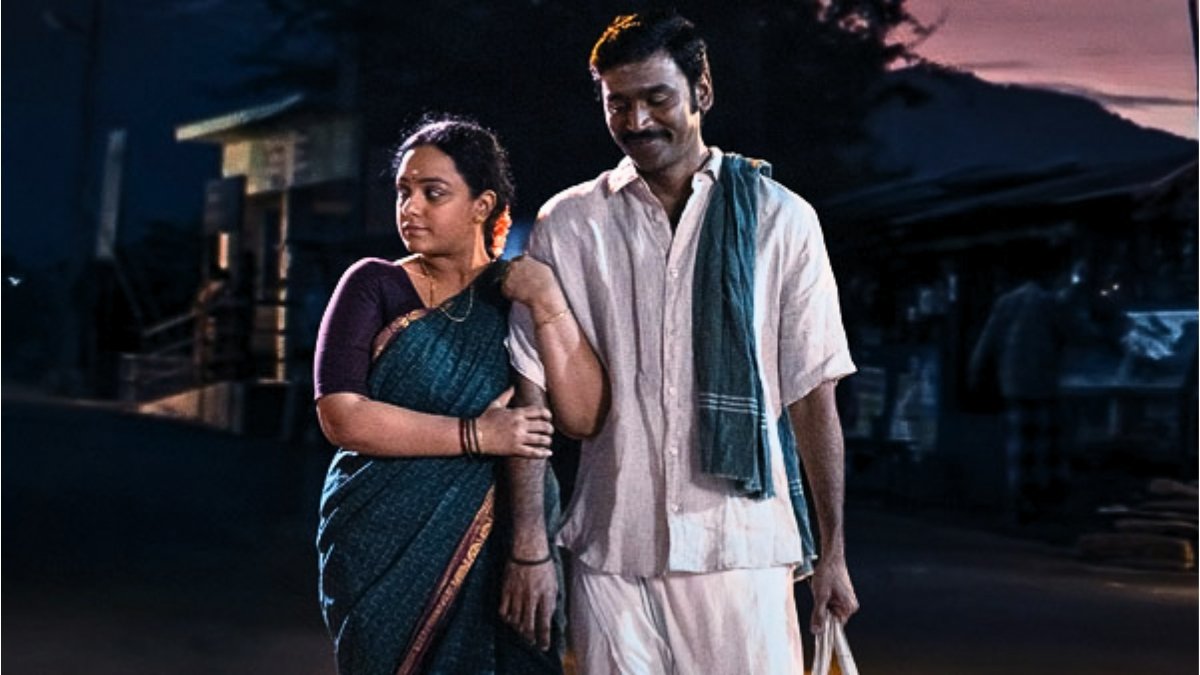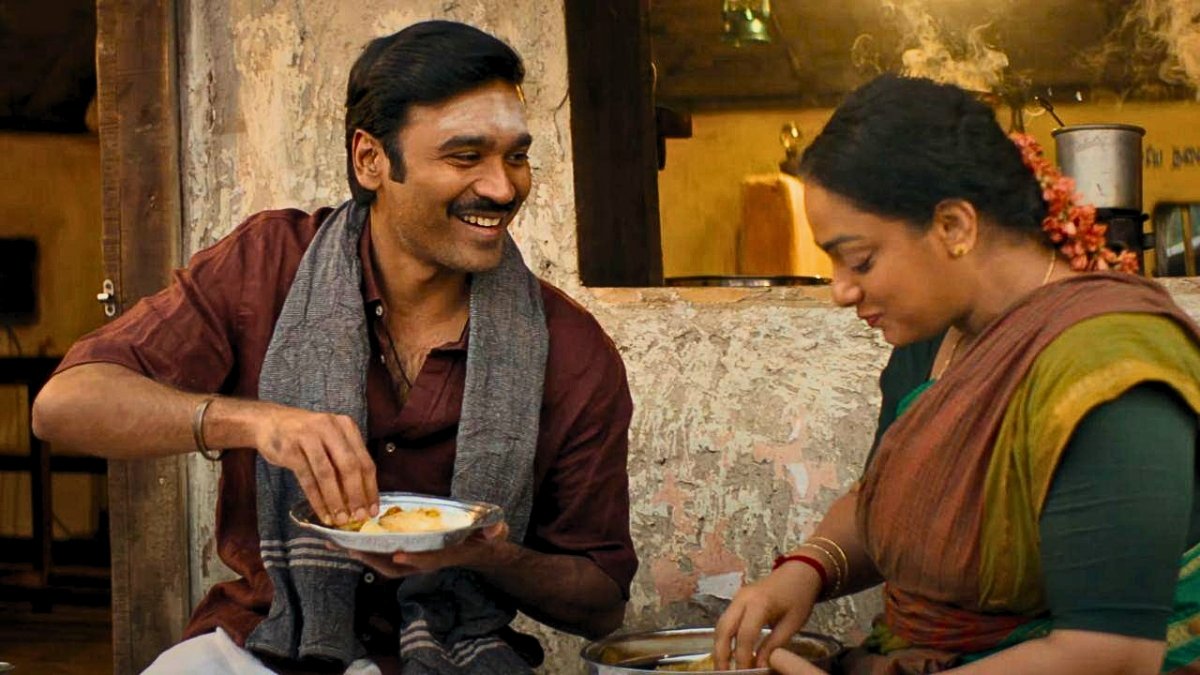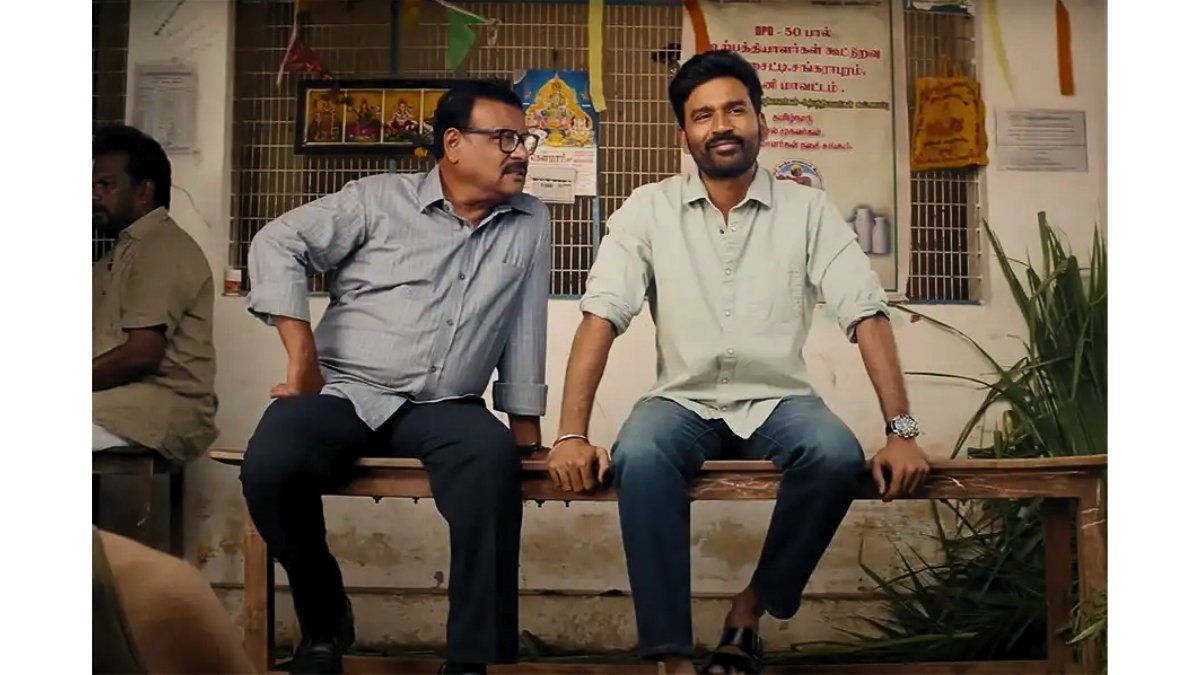Mumbai (Maharashtra) [India], October 1: Cinema buffs, noodle-armchair critics, and casual moviegoers alike have finally had their say — “Idli Kadai”, Dhanush’s latest endeavor as actor-director (and writer, and co-producer), has arrived on screen, and it’s stirring up more than just steam from the idli pot. With its promise of rural nostalgia, familial bonds, and emotional resonance, the film has won many hearts — though not without inviting a few critical stirs. Here’s a polished, slightly cheeky take on where it shines, where it stumbles, and whether it might sustain its flavor over the box office weekend.
A Bite into the Plot (No Spoilers, or Just a Pinch)
“Idli Kadai” (also stylised as Idli Kadai) is set in the rustic environs of Sangarapuram in Theni district. The story orbits Murugan (Dhanush), who leaves the village to chase urban ambition — working for the flashy Vishnuvardhan’s enterprise in Bangkok, and preparing to wed Meera (Shalini Pandey). But when news of his father Sivanesan’s (Rajkiran) death brings Murugan back home, he finds his father’s modest idli shop — the “kadai” in question — and its legacy under threat. The humiliation doesn’t end there: Vishnuvardhan sends his son Ashwin (Arun Vijay) to pressure Murugan to rejoin the corporate fold or relinquish his claim.
So yes — we get the return-to-roots trope, generational conflict, sentimental flashbacks, and the usual rural-versus-urban friction. But here’s the tease: Dhanush, playing multiple roles behind the scenes, pushes the film beyond mere cliché on many occasions.
What Works: The Heart, the Familiar, the Warm Moments
1. Sincerity Over Showmanship
Many early tweets wax poetic:
“Idli Kadai is simple in its storytelling but honest in its emotions. … A feel-good, beautifully made film that connects with sincerity.”
The strength here is that Dhanush doesn’t try to fake complexity. He leans into the emotional ballast — nostalgia, filial duty, small-town rhythms — and lets them breathe. The first half, especially, has been praised for the emotional connect, rural texture, and a few standout scenes: the calf, the idli shop sequences, the father–son bonding bits.
2. Dhanush Juggling Many Hats (Mostly with Finesse)
It’s not every day that your lead actor is also the writer and the director (and co-producer). Dhanush seems to have a firm grip over his vision: red threads of past and present intercut smoothly, callbacks land emotionally rather than artificially, and tonal shifts (from warmth to confrontation) mostly stay in control. Rediff notes that his weaving of timelines and restraint in showing loss is an “underplayed strength.”
Even The Indian Express, which isn’t blind to flaws, concedes that Dhanush “steers this conventional melodrama in the right direction.”
3. Cast, Music & Production Values
You can’t ignore the ensemble: Nithya Menen as Kayal brings quiet gravitas; Arun Vijay as the adversarial Ashwin gets moments to shine; veterans like Sathyaraj, Parthiban, Samuthirakani, and Rajkiran lend legitimacy and weight. Visually, cinematographer Kiran Koushik captures the rustic earthiness without overdoing it. And composer GV Prakash Kumar — freshly riding high on his National Award win — delivers musical motifs that complement, rather than overpower, the story.
Where the Steam Escapes: Critiques & Weaknesses
1. Melodrama Overdose / Predictability
A recurring whisper in reviews: sometimes the film lapses into too much sentimentality, relying on clichés and stretched emotional beats. The Times of India’s review titled “serves nostalgia and sentimentality, but it isn’t nearly enough” nails it — the film’s emotional weight occasionally tips into overbearing territory.
The Indian Express also points out that the movie is caught in a tussle — a classical melodrama trying to be self-aware. Some villains feel cartoonish.
In short, less shade, more substance would have helped.
2. Pacing & Second-Half Potholes
The first half gets applauded. But whispers from discussion boards and comment threads suggest the second half lags, especially post-interval. Some scenes stretch longer than necessary; the dramatic stakes are telegraphed early, leaving fewer surprises.
And yes — a few romance bits (especially involving Nithya) have drawn mild criticism for landing clumsily.
3. Box Office Pressure & Competition
A film of this kind must sustain on word-of-mouth. Though it had a respectable opening, the weekend holdover will be critical. Moreover, the release coincides with the paid premieres of Kantara: Chapter 1, which could siphon off evening audiences in multiplex-heavy zones.
Also, while the movie is reportedly made on a moderate budget (some sources suggest ₹60 crore), it must now recoup through both box office and OTT/digital rights to be a profitable venture.
Box Office & Streaming Snapshot (as of now)
-
On Day 1, Idli Kadai reportedly earned ₹10.50 crore net across India (all languages).
-
In Tamil Nadu, occupancy hovered around 48.34% on average, with night shows doing especially well — Chennai (85%), Dindigul (89%), Trichy (84%) among leaders.
-
Some online portals, meanwhile, claim that the film’s digital rights have been sold to Netflix for a rumored ₹45 crore, with a streaming release expected in November (after a four-week theatrical window). mint+1
-
Advance bookings were healthy too — Idli Kadai reportedly collected ₹3.91 crore from pre-sales by Tuesday, with Tamil & Telugu contributing ₹1.67 crore of that.
-
In terms of promotion, Dhanush’s team pulled out all stops — hoardings, 3D standees, “popcorn-bucket” branding, trailer launches at malls, and emotional pre-release events (where Dhanush referred to his roots and wept openly).
So, while the ₹10 crore opening is respectable for a film of this nature, it’s not earth-shattering — especially in today’s saturated theatrical landscape.
Tone It Like PR, But Without the Sugarcoating
If I were writing the press note (minus the thick veneer of marketing polish), here’s the gist:
“Idli Kadai is Dhanush’s heartfelt invitation: a humble tale of legacy, love, and homecoming. Its strengths lie in sincere performances, rural textures, and a musical score that speaks beneath the dialogue. That said, the film occasionally leans heavily on melodrama and predictable arcs. Box office has started well — ₹10.50 crore on Day 1 — and its long game hinges on audience goodwill and word-of-mouth. Competition is fierce (hello, Kantara). But if viewers embrace its warmth rather than its cracks, Idli Kadai might just simmer delightfully in theatres and hearts alike.”
Verdict: Is It a Must-Watch?
If you like films that don’t ask for much — just a little patience and an emotional anchor — Idli Kadai is worth your time. The first half will endear you; the second half will test your indulgence. But because Dhanush quite nearly pulls off what he intends — a cinematic comfort food — it’s a satisfying watch even if it’s not flawless.
Rating (inspired by public & critic consensus): ~ 3 / 5 stars
Final word: a gentle, well-intentioned drama that’s better remembered for its sentiment than its horsepower — but sometimes, that’s exactly what audiences need.

